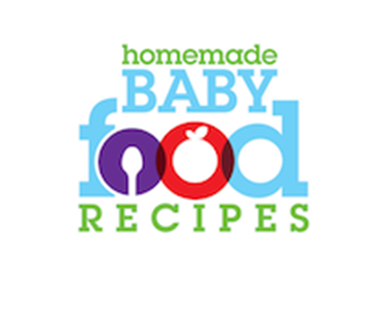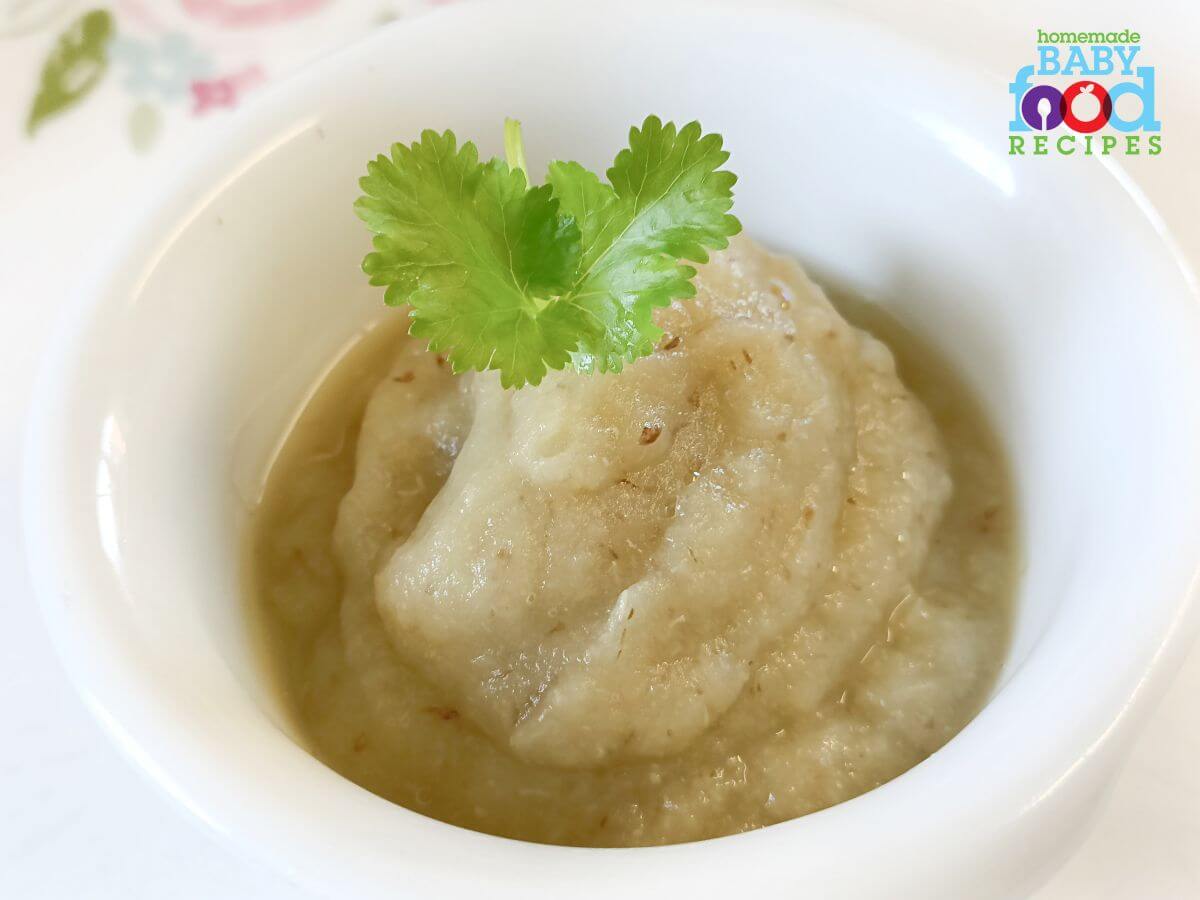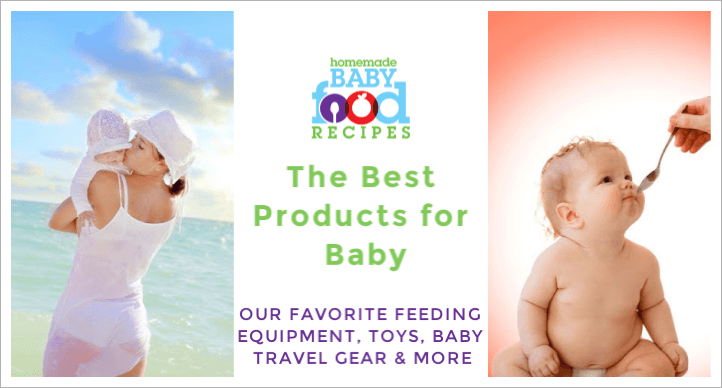Eggplant Baby Food Recipes
Updated Sept 25th, 2023
Welcome to our eggplant baby food recipes section, where we explore the art of preparing eggplants (or aubergines) for your little one!
When can I introduce eggplant to my baby?
Eggplants – also known as aubergines or brinjals – don’t usually spring to mind when you think about making food for your baby.
You rarely find them as a single ingredient in commercial baby food purees, and they seldom appear on baby food ingredient lists.
But despite their seeming unpopularity in baby food, eggplants make a nutritious addition to your baby's meals.
That said, many parents prefer to wait until around 8 months before introducing them.
Sometimes, eggplants can taste a bit bitter, which might upset your baby's stomach.
To avoid this, we always taste cooked eggplant before serving it to our little ones.
Once cooked, eggplants have a creamy texture and a rich, unique flavor that blends well with other vegetables.
Of course, serving your baby plain eggplant puree is perfectly fine, too.
Why is an eggplant called an eggplant?
The eggplant got its name from the early varieties, which were white or yellow in colour and looked like eggs!
Nutrition information
Eggplants are full of phytonutrients, antioxidants that help protect against diseases like cancer.
Consuming eggplants can also lower cholesterol levels, making them a valuable part of the diet in later lafe, too!
They also contain fiber, minerals, folates, and B vitamins.
While not a 'superfood' like sweet potatoes or avocados, eggplants are definitely a healthy addition to your baby's diet!
How to choose and store eggplant for your baby’s food
Eggplants are usually a lovely, glossy, purple colour – sometimes so dark they look almost black.
However, they also come in white, green, yellow, lavender and orange!
Regardless of colour, the eggplant should have a smooth and shiny skin and should be firm and heavy for its size.
The colour itself should be vibrant and the cap and stem should be a vivid green.
The eggplant should be as blemish-free as possible – they’re very delicate veggies and one little bruise or dent can quickly turn a larger area bad.
Eggplants come in a variety of sizes, although the best ones to choose for your baby are the smaller ones.
That's because the skin and seeds will be far more tender (very large eggplants tend to have hard seeds and tough, bitter skin).
How to tell if an eggplant is ripe…
Push against the skin with your thumb.
- If the flesh springs back, it is ripe.
- If it stays indented, it’s unripe.
- If it doesn’t yield to pressure at all, it was picked too early and will never ripen properly.
To store eggplant…
Eggplants can be stored in the fridge for a few days, ideally in the vegetable crisper. Handle them gently as they damage easily.
DON’T cut your eggplant before you store it – the flesh will turn brown once exposed to the air.
And DON’T try to keep your eggplant for too long – the longer you store it, the more bitter it will become.
How to prepare eggplant for baby
Do I need to peel it?
The skin on a small eggplant may be tender enough to leave on.
However, most parents like to peel eggplants for their little ones as the skin tends to be the most bitter part.
You can read more about the pros and cons of peeling vegetables and fruits for baby here
An easy alternative to peeling eggplant is to cook it whole in its skin, then scoop out the soft flesh once cooked.
Are the seeds edible?
Yes, but choose small eggplants for baby food as the seeds will be softer.
Cut out the seeds if they are hard.
Can eggplant be eaten raw?
We certainly wouldn’t recommend it for baby – the taste of raw eggplant is too bitter.
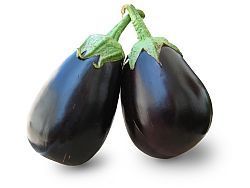
What about salting eggplant for baby food?
You may have heard that it’s a good idea to salt eggplant before cooking it.
This involves slicing it, sprinkling the slices with salt, leaving them for around an hour, then rinsing them.
The purpose is twofold…
- To reduce the bitterness
- To stop the eggplant soaking up too much oil during cooking
However, salting eggplant is becoming an outdated practice, as modern eggplants are generally not very bitter.
Moreover, when cooking eggplant for your baby, you're unlikely to use a lot of oil, so preventing oil absorption isn't a concern.
It's important to note that even after rinsing, salting could still introduce extra salt into your baby's meal, which isn't advisable (here’s why adding salt to baby food may be harmful).
Eggplant baby food recipes
The eggplant’s ability to ‘soak up’ whatever it’s cooked with makes it a great addition to stews, casseroles and other ‘saucy’ dishes.
Just cut off the cap and stem, peel it, dice it and pop it in the pot!
To make an easy eggplant puree…
Peel the eggplant and cut it into small chunks. Steam until tender, then mash or puree in a food processor.
OR
Wash the whole eggplant and prick it with a fork.
Bake it for 30-40 mins at 400 deg F (200 deg C) until tender, then cool to a safe handling temperature and cut open lengthwise.
Scoop out the cooked flesh and mash or puree as desired (this is the easiest way to cook an eggplant and ideal if the skin is too tough).
Gourmet Eggplant Puree (8 months+)
eggplant
1-2 cloves of garlic
Simply follow the method above to bake the eggplant but, before putting it into the oven, cut lots of little slits into the skin and poke in little pieces of fresh garlic.
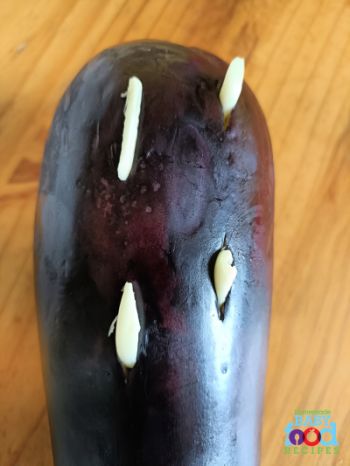
Once the eggplant is cooked, mash the garlic-infused flesh with a little chicken stock until you reach the desired texture – delicious!
You can also use this recipe as a tasty dip or spread – or turn it into a simple soup by increasing the quantity of chicken stock used.
Creamy Sweet Pepper and Eggplant Puree
8 oz (1 cup) cooked eggplant
1. Hold a red pepper directly in the flame on your hob, or place it under the grill (broiler), turning often until the skin is charred all over.
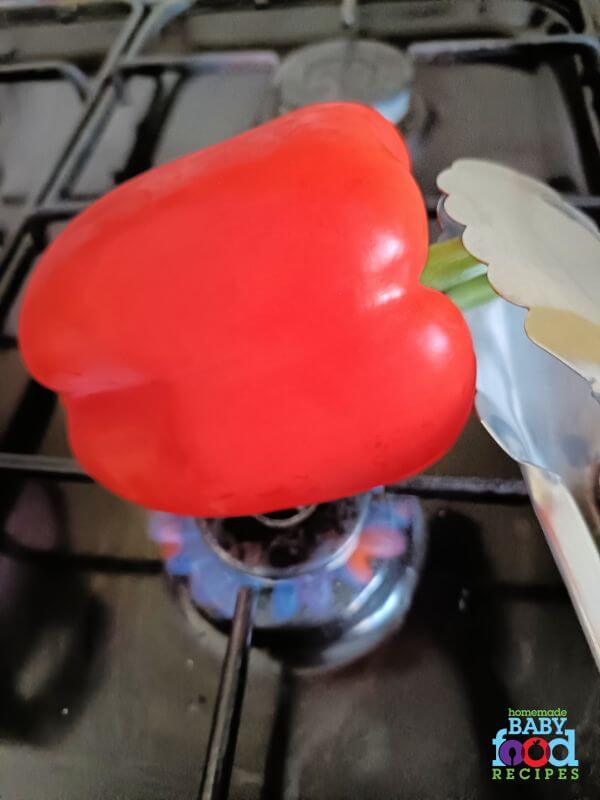
2. Place the red pepper in a food safe plastic bag and leave for 10 minutes.
3. Remove the skin from the pepper (it will slip off easily), then split it open and scrape out the seeds.
4. Puree the cooked red pepper together with the cooked eggplant – simple and delicious!
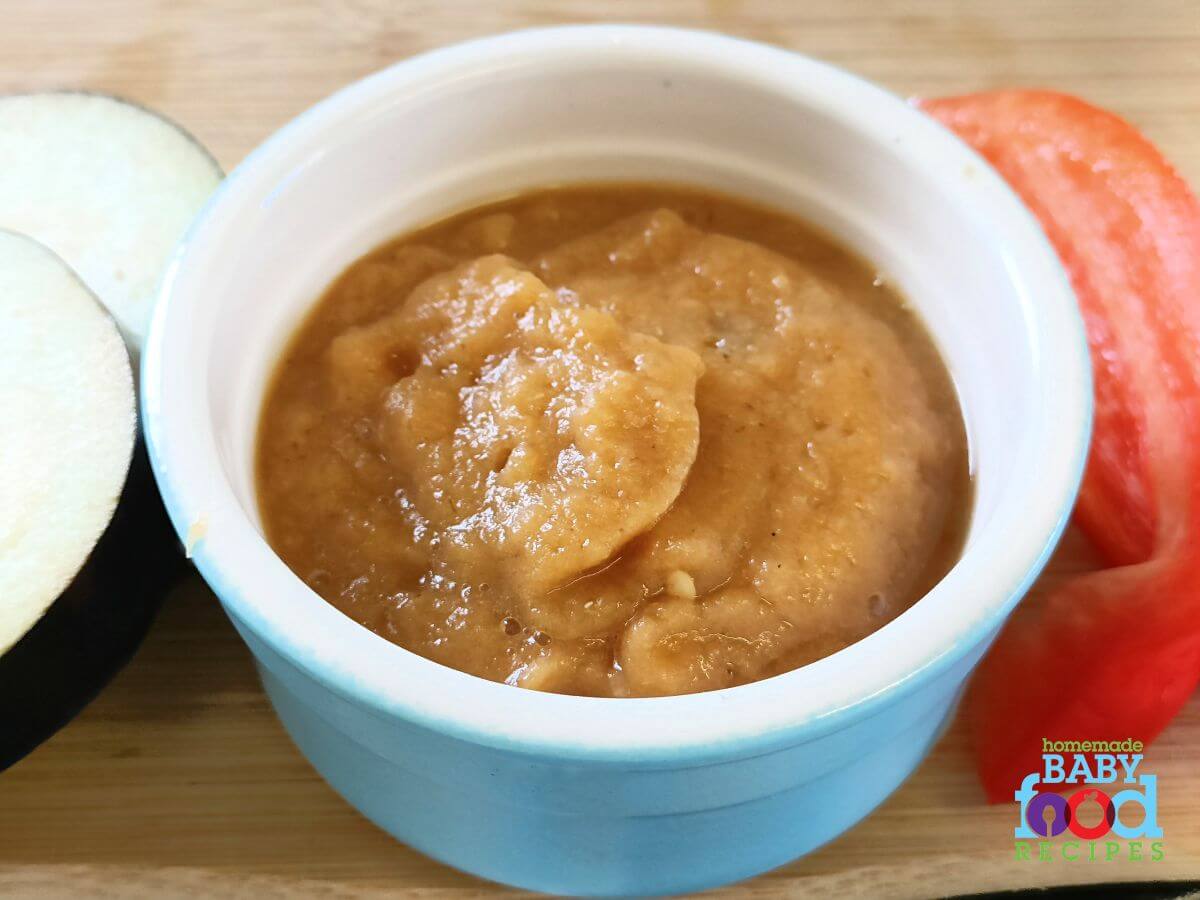
This is nice served cold (as a dip or spread) or warm for a side dish or meal – if you plan on serving it warm, then cook the eggplant as you cook the pepper so they are both hot at the same time!
Baby Ratatouille
1/2 small eggplant, cubed (leave the skins on if tender and if your baby can manage them)
1 small zucchini (courgette), cubed (no need to peel)
1 red bell pepper, cut into small chunks
1 red onion, chopped
1 clove garlic, crushed
2-3 tbsp tomato paste
3 tbsp low sodium or homemade chicken or vegetable stock
pinch oregano
pinch thyme
pinch marjoram
pinch basil
pinch freshly ground black pepper
olive oil
- Saute all the vegetables in a little oil.
- When they are tender, add the tomato paste and seasonings. Stir in the stock and warm through.
- Mix well, then mash or chop for your little one.
This makes a nice lunch served with bread for older babies – or a tasty accompaniment to a main meal!
Simple Stuffed Baked Eggplant
8 oz (1 cup) cooked brown rice
1 medium eggplant
1 tomato, chopped
1 red bell pepper, diced
1 small onion, chopped finely
1 clove of garlic, crushed
pinch freshly ground black pepper
pinch basil
4 oz (1 cup) cheddar cheese, grated
- Cut the eggplant in half lengthwise.
- Carefully scoop out the flesh, leaving a shell around 1/2 inch thick.
- Cut the eggplant flesh into small dice.
- Pour around 1/2 inch of water into a large, high sided frying pan (skillet) and bring to the boil.
- Put the eggplant shells, cut side up, into the pan, then cover and cook for 3 minutes.
- Remove the eggplant from the pan, but keep the water.
- Meanwhile, heat a little olive oil in another pan and saute the rest of the veggies (including the eggplant dice).
- Mix the sauted veggies with the rice and seasoning.
- Heat the oven to 350 deg F, 180 deg C.
- Fill the eggplant shells with the rice/veggie mixture and place them on a lightly greased baking sheet.
- Bake for 20 mins, then remove from the oven and top with the cheese.
- Return to the oven and cook for another 15 mins.
- Mash if necessary and serve.
Easy Eggplant Finger Food
Try this simple eggplant finger food recipe for older babies – or combine the cooked chunks with sweet potato puree thinned with chicken broth to create a fantastic sauce for pasta!
- Just peel an eggplant and cut it into 1″ dice.
- Drizzle with olive oil, a little crushed garlic and freshly ground black pepper.
- Roast at 375 deg F (1901 deg C) for around 30 mins, until tender.
- Cool and serve!
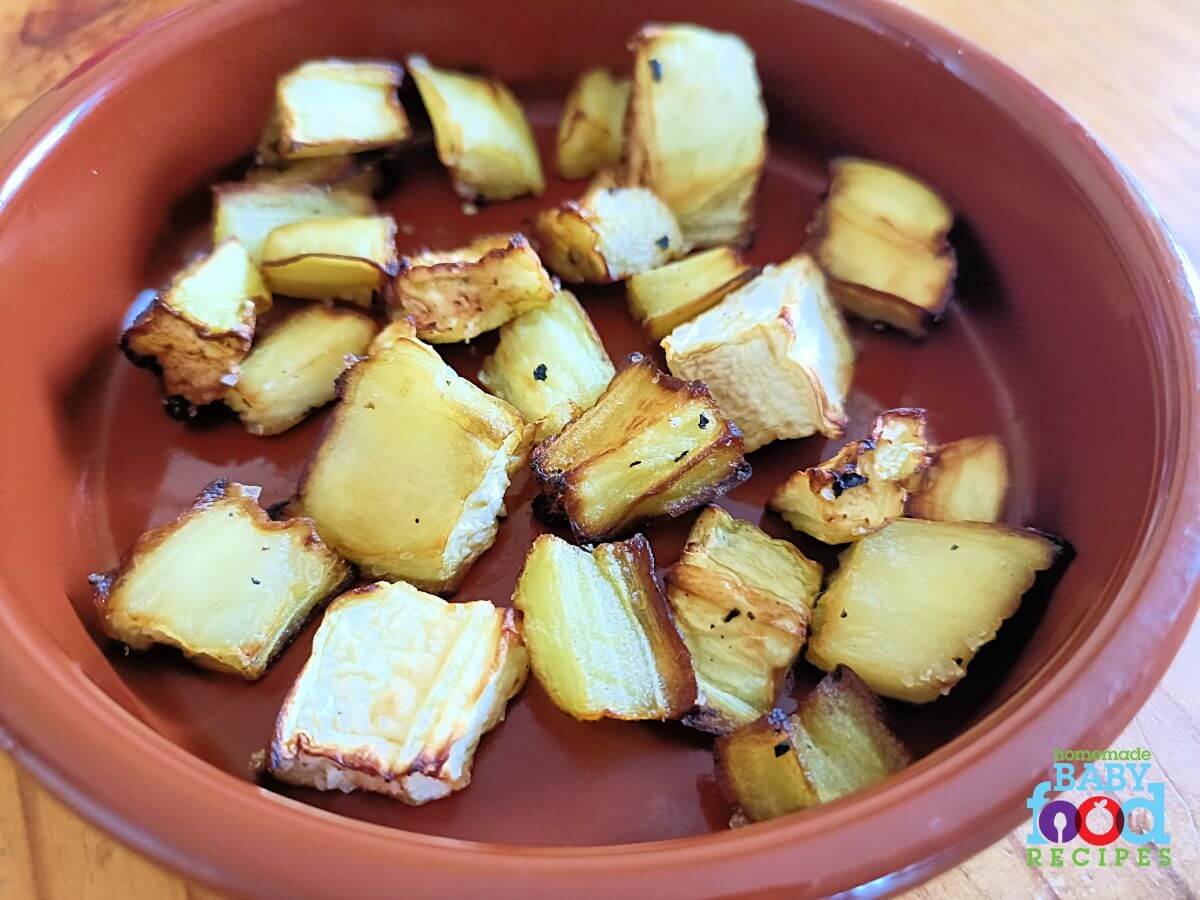
We hope your little one enjoys these homemade eggplant baby food recipes.
If YOU’VE found a good way to include eggplant (aubergine) in your baby’s diet that you’d like to share, then please do contact us and let us know!
Sources:
Where would you like to go now…
Wheat germ – an easy way to boost the nutritional value of your baby’s meals
